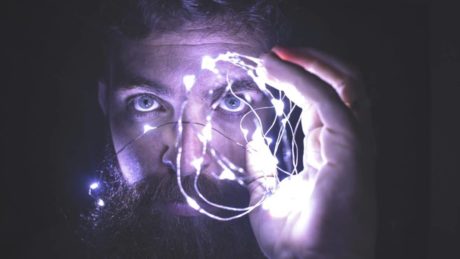What exactly is the peripheral nervous system and what role does it play in the body? First, it is important to realize that the nervous system is divided into two parts: the central nervous system and the peripheral nervous system. The central nervous system includes the brain and spinal cord, while the peripheral nervous system includes all of the nerves that branch out from the brain and spinal cord and extend to other parts of the body including muscles and organs. Each part of the system plays a vital role in how information is communicated throughout the body.
Let’s learn about bit more about the functions and structure of the peripheral nervous system.
What Is the Peripheral Nervous System?
The peripheral nervous system (PNS) is the division of the nervous system containing all the nerves that lie outside of the central nervous system (CNS). The primary role of the PNS is to connect the CNS to the organs, limbs, and skin. These nerves extend from the central nervous system to the outermost areas of the body. The peripheral system allows the brain and spinal cord to receive and send information to other areas of the body, which allows us to react to stimuli in our environment.
The nerves that make up the peripheral nervous system are actually the axons or bundles of axons from neuron cells. In some cases, these nerves are very small but some nerve bundles are so large that they can be easily seen by the human eye.
The peripheral nervous system itself is divided into two parts:
1. The somatic nervous system
2. The autonomic nervous system
Each of these components plays a critical role in how the peripheral nervous system operates.
The Somatic Nervous System
The somatic system is the part of the peripheral nervous system responsible for carrying sensory and motor information to and from the central nervous system. The somatic nervous system derives its name from the Greek word soma, which means “body.”
The somatic system is responsible for transmitting sensory information as well as for voluntary movement. This system contains two major types of neurons:
1. Sensory neurons (or afferent neurons) that carry information from the nerves to the central nervous system. It is these sensory neurons that allow us to take in sensory information and send it to the brain and spinal cord.
2. Motor neurons (or efferent neurons) that carry information from the brain and spinal cord to muscle fibers throughout the body. These motor neurons allow us to take physical action in response to stimuli in the environment.
The Autonomic Nervous System
The autonomic system is the part of the peripheral nervous system responsible for regulating involuntary body functions, such as blood flow, heartbeat, digestion, and breathing. In other words, it is the autonomic system that controls aspects of the body that are usually not under voluntary control. This system allows these functions to take place without needing to consciously think about them happening.
This system is further divided into two branches:
1. The sympathetic system regulates the flight-or-fight responses. This system prepares the body to expend energy and deal with potential threats in the environment. When action is needed, the sympathetic system will trigger a response by speeding up the heart rate, increasing breathing rate, increasing blood flow to muscles, activating sweat secretion, and dilating the pupils. This allows the body to respond quickly in situations that require immediate action. In some cases, we might stay and fight the threat, while in other cases we may instead flee from the danger.
2. The parasympathetic system helps maintain normal body functions and conserve physical resources. Once a threat has passed, this system will slow the heart rate, slow breathing, reduce blood flow to muscles, and constrict the pupils. This allows us to return our bodies to a normal resting state.
By Kendra Cherry, Reviewed by Steven Gans, MD
Besma (Bess) Benali, Clinical Social Work/Therapist, MSW, RSW, Counselling Ottawa Nepean. I am trained in Cognitive Behavioural Therapy (CBT), Brief Psychodynamic Therapy, ACT, and mindfulness. Clients come to me because they are struggling and feel like they are trapped in a darkness that no matter what they have tried (and many have tried therapy before) they can’t pull themselves out. I help my clients understand themselves in ways no one has ever taught them before allowing them to see positive changes.
